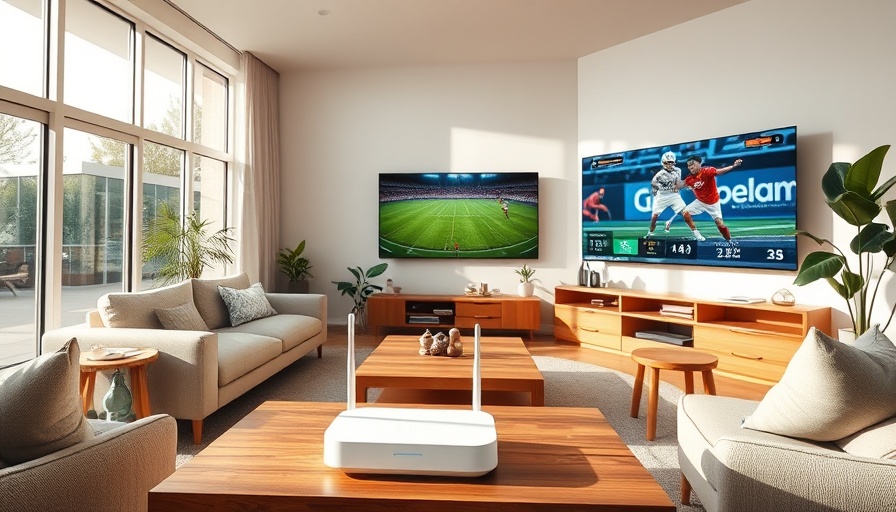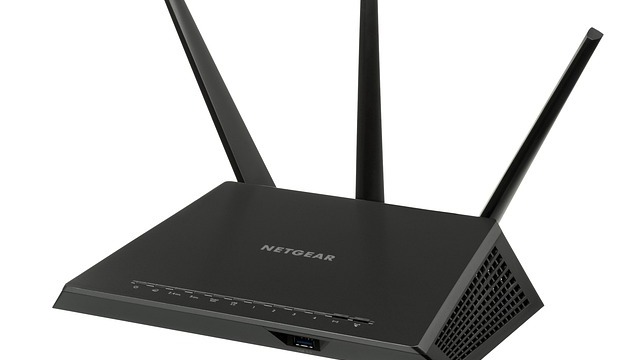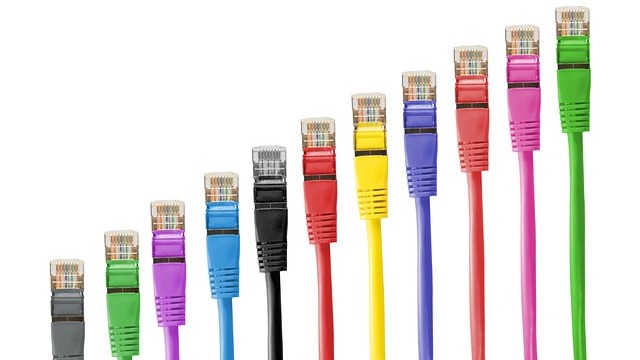
The Future of Connectivity: What Wi-Fi 8 Means for Smart Homes
With our lives becoming increasingly interconnected through smart devices, the announcement of the upcoming Wi-Fi 8 standard brings new hope. Unlike its predecessor, Wi-Fi 7, which was largely centered around speed enhancements, Wi-Fi 8 is all about reliability—especially in challenging conditions where connectivity issues frequently arise. As innovation continues to reshape our interaction with technology, exploring the transformative potential of Wi-Fi 8 is essential.
Why Wi-Fi 8 Matters: A New Standard for Reliability
Currently under development, Wi-Fi 8, formally known as 802.11bn, is recognized as the Ultra High Reliability (UHR) standard. Major companies, including Qualcomm, are spearheading its development and will significantly influence the hardware that supports this standard. Key advancements include an anticipated increase in throughput by at least 25% in difficult signal conditions, a reduction in latency by the same percentage, and a decrease in dropped packets by 25%, particularly beneficial when devices roam between access points. These improvements are set to enhance connectivity, especially in environments where interference is common, such as urban areas filled with competing signals.
An Evolution in Smart Home Connectivity
For the average consumer, Wi-Fi 8 promises a major upgrade in home networking capabilities. Imagine being able to reliably place a security camera at the furthest reaches of your property without sacrificing connectivity. This leap in reliability not only accommodates more devices operating simultaneously but also extends their range. As homes become smarter with more gadgets than ever, from smart thermostats to automated lighting solutions, Wi-Fi 8 is poised to lay the groundwork for a seamless interconnected experience.
Wi-Fi 8 and its Broader Applications
But the impact of Wi-Fi 8 isn't limited to residential applications. Its enhancements are aimed at improving performance in public spaces and enterprises as well, addressing common grievances associated with dropped connections and poor speeds in crowded environments. As businesses increasingly turn to cloud-based applications and rely on real-time data, the performance optimization that Wi-Fi 8 delivers will ensure that connectivity does not hinder operational efficiency.
Looking Ahead: Availability and Adoption
While excitement builds around Wi-Fi 8, it is essential to note that the technology is still under development, with completion expected by 2028. This means that even as the standard is finalized, it will take further time before consumer devices adopt it. Currently, users are just beginning to see devices supporting Wi-Fi 7, and the gradual rollout of Wi-Fi 8 could lead to a rocky transition period where compatibility becomes an issue.
What Does This Mean for Smart Home Enthusiasts?
For those invested in smart home technology, understanding the implications of Wi-Fi 8 is crucial. This standard is not simply a technological upgrade; it's about transforming user experience and expanding possibilities for device integration. As the realm of smart homes evolves, Wi-Fi 8 represents a pivotal shift toward creating environments where technology can function seamlessly without interruptions.
In conclusion, while we eagerly anticipate the arrival of Wi-Fi 8, it's clear that its focus on reliability will directly enhance the way we interact with our smart homes, making them more efficient and user-friendly. Keeping an eye on its development could help us all prepare for a future where connectivity is no longer a concern but a given.
 Add Row
Add Row  Add
Add 




Write A Comment